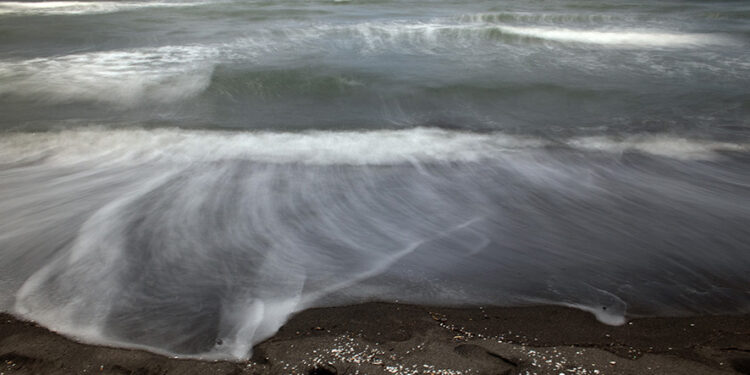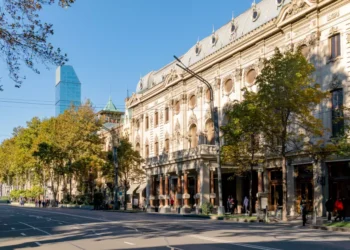It was time for my wife and me to take a few days’ break from our mountains, in the main kind of landscape which, for me, they lack: at the sea. We left the house in the hands of a few friends who had volunteered to look after its guests, packed the car, and took off. It was already 5 pm.
Arriving at our destination by a new ring road in the early dark, asking around, we found a cheap guest house in Qvavilnari, near Ureki: 50 GEL for a room per night, with its own bathroom and fridge and a communal kitchen. Ideal. A bit basic, but perfectly fine. Within 10 minutes’ walk from the coast, though we drove this, so as to have the car with table, chairs and other things right with us.
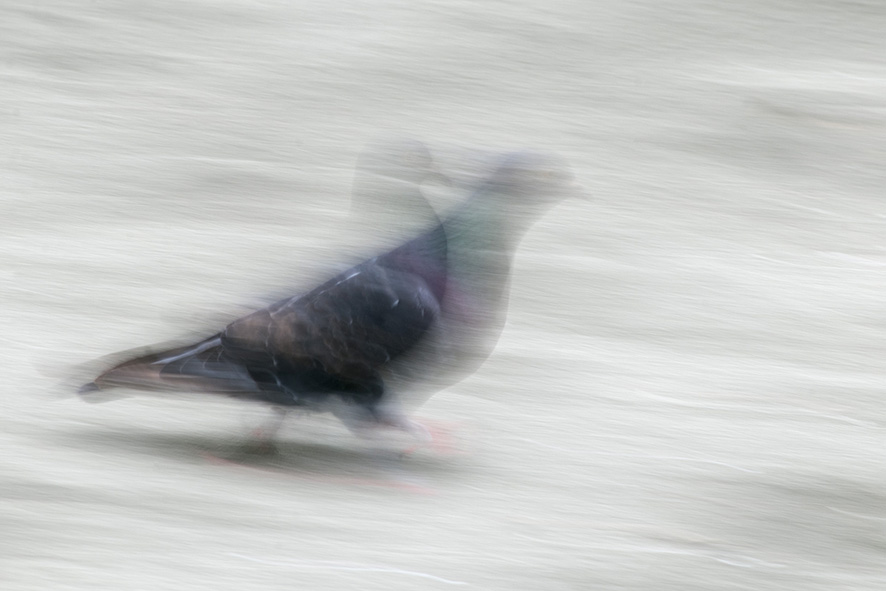
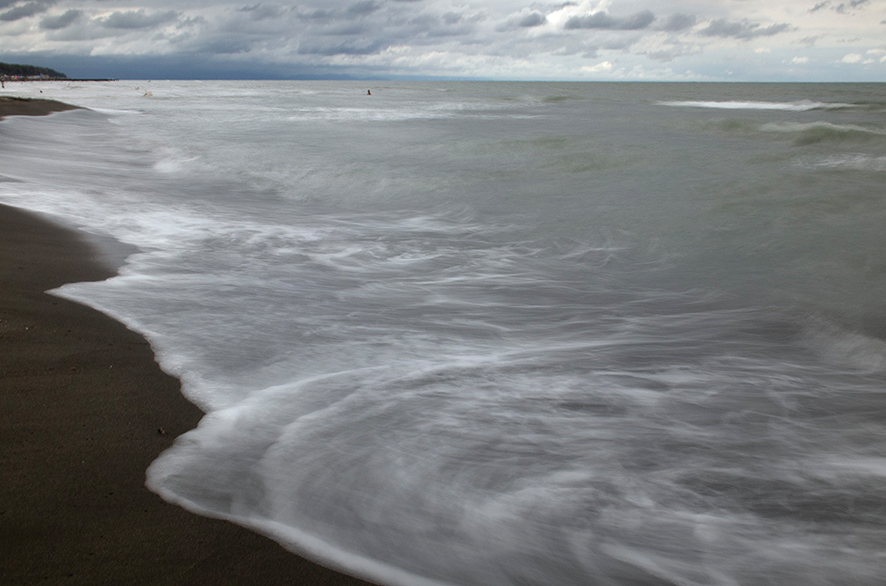
The weather was a bit cool and cloudy, with even a bit of rain off and on, but nothing to stop us from swimming off the sandy, gently sloping beach with its backdrop of evergreen forests, and sunning on our plastic chairs. Here, too, was development: a long fence parallel to part of the beach, with “Private Territory” signs, but a few people camping inside, apparently having paid a small sum for entry. We were still able to park in the trees and start a fire to cook our lunch. New signs on the village’s main road advertise plots of land for sale, at least 500 square m, with a contact phone number, which we’ll call just for interest in the price.
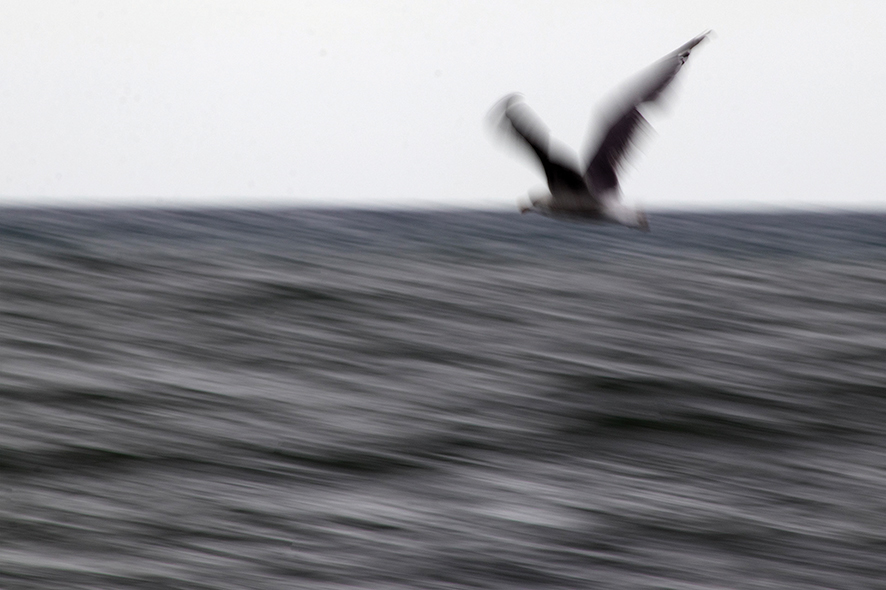
I had both my cell phone camera and my big Canon digital one with me, and now was using the latter for some experiments. I had brought back a couple of ND (neutral density) filters from Canada in May, a long-awaited purchase. These have the effect of dramatically cutting down the amount of light entering the camera, forcing much longer exposures than usual when you want them. You will need either a tripod or other sturdy surface to fix the camera to; I used my elbows on my knees for the shots, ranging from 1/2 second to about 10 seconds.
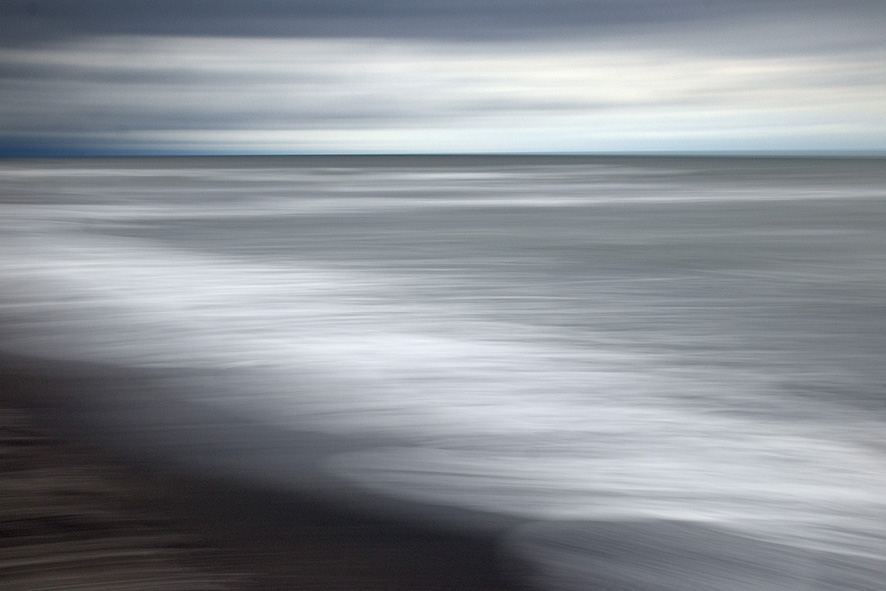
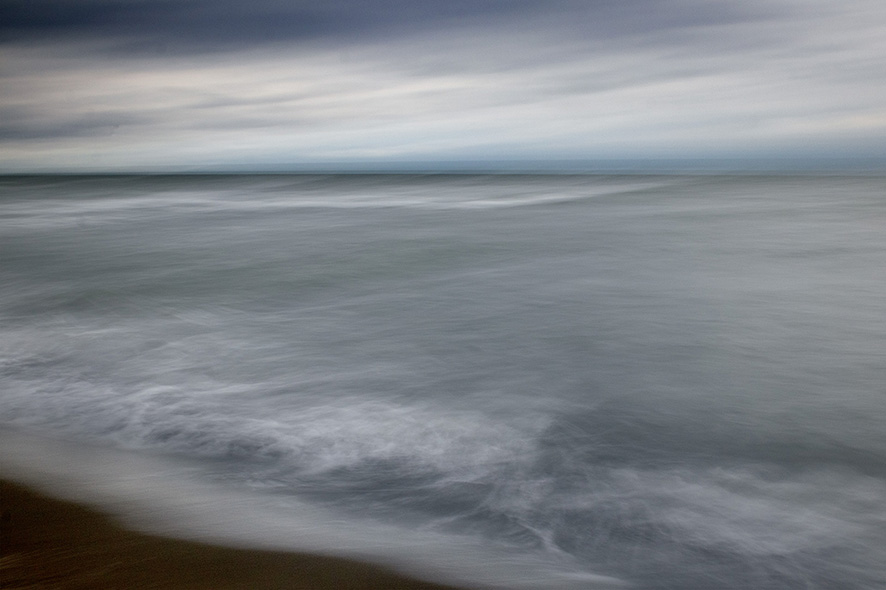
I could hardly see anything through the darkened viewfinder, but just enough to see by. I even tried moving the camera parallel to the flat coastal horizon for a few shots, instead of keeping it still, to blur the rolling waves and more static sky as much as possible and end up with the dreamy, surrealistic frames I was after. Thanks to a large memory card, I could shoot hundreds of frames quickly, and did so, missing my years of 35mm film rolls of 36 exposures not at all. That evening, uploading everything to my laptop, I was able to see how things had gone, and ended up with plenty of very satisfying images. This time I kept them in the muted colors in which I had shot them, instead of reducing them further to monochrome. In nearly every case, the slightly crooked and barrel-distorted horizon needed straightening, along with a slight color and contrast improvement; but nothing more.
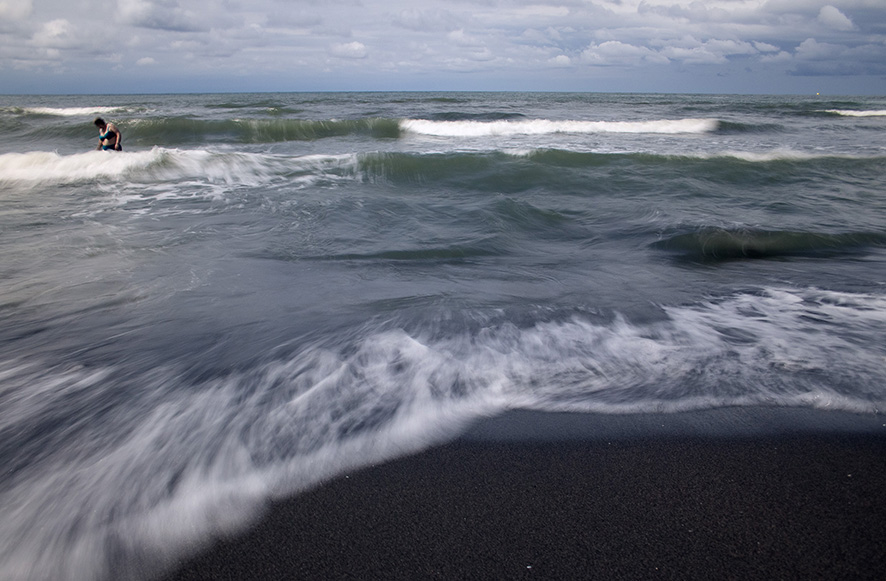
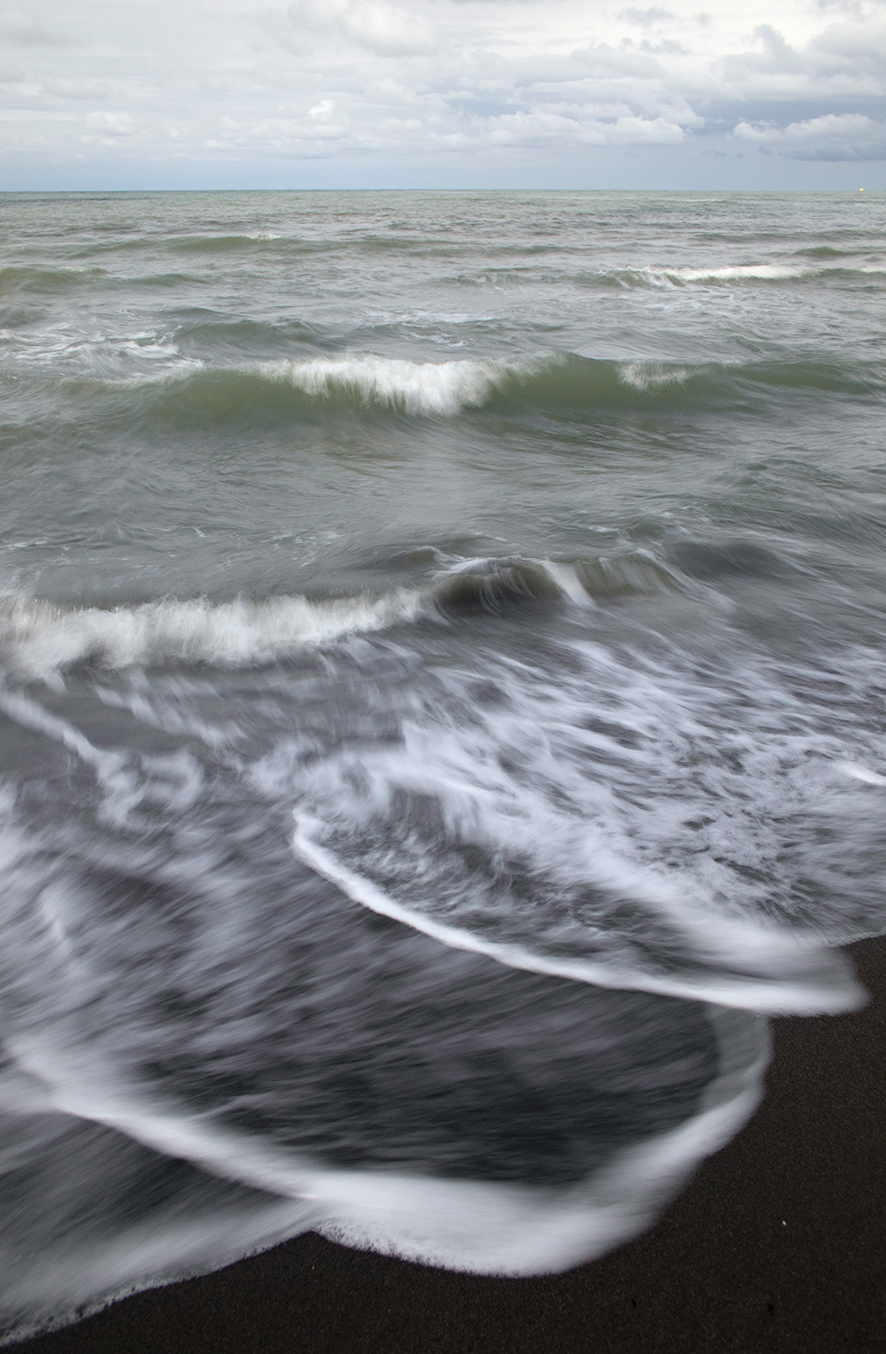
That wavy day of shooting was the best of our three at the sea, as the other two days were too windless, with much flatter waves and lower landscape contrast. So my timing had been good for what I was aiming for. This was only the start; I still want to try much longer exposures, to motion-blur the clouds as well as moving water. But I saw the possibilities in my new filters, and will continue experimenting with pleasure. Because the shutter was down for most of each shot, preventing a sight of what I would get, it was very much trial and error, but ended up with the kind of things I had in my mind’s eye.
I commented on my Facebook post accompanying a few of the images that the camera is a great tool for surrealism. I stand by this: it can show not only what you think is real, but also what you can only dream of or imagine. I play with other dimensions of time, and am delighted. Life is too short for otherwise.
Blog by Tony Hanmer
Tony Hanmer has lived in Georgia since 1999, in Svaneti since 2007, and been a weekly writer and photographer for GT since early 2011. He runs the “Svaneti Renaissance” Facebook group, now with over 2000 members, at www.facebook.com/groups/SvanetiRenaissance/
He and his wife also run their own guest house in Etseri: www.facebook.com/hanmer.house.svaneti

